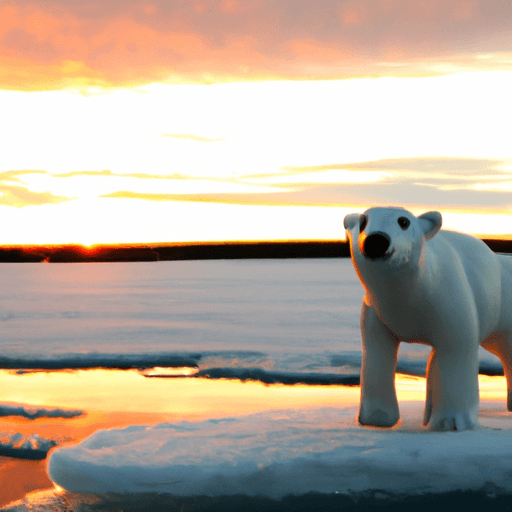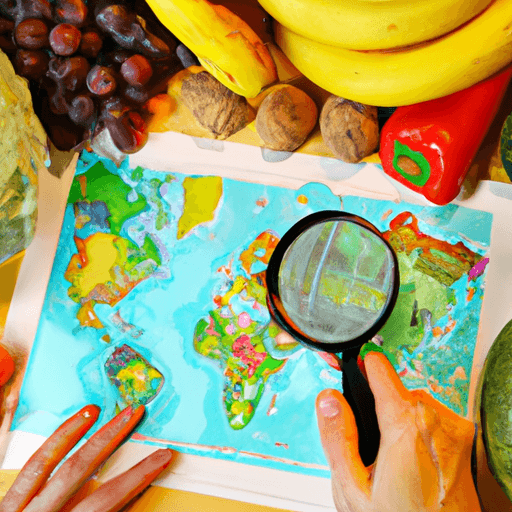How Climate Change Has Affected Animal Migration Patterns
As the world continues to experience rising global temperatures due to climate change, animal species are being forced to adjust their migration patterns in order to survive. From birds to fish to mammals, numerous species are struggling to navigate a rapidly warming world and the challenges that come with it.
The Impact on Birds
Birds are some of the most affected species when it comes to climate change. Warmer temperatures can cause birds to fly to their winter destinations earlier, arriving before the food supply is available. As a result, some birds may not have enough energy to complete their journey or may be forced to move to new habitats. Additionally, nest sites may become unsuitable in warmer temperatures, and birds may have to find alternate locations to nest.
The Impact on Fish
As global temperatures rise, fish species are also feeling the effects of climate change. Warmer waters can cause fish to migrate to cooler areas, but they may be blocked by obstacles like dams or other man-made structures. Additionally, water levels can drop due to drought and create barriers for fish migration. As a result, fish may have difficulty finding suitable habitats or be unable to reproduce.
The Impact on Mammals
Mammals are also feeling the effects of climate change as global temperatures rise. Warmer temperatures can cause mammals to migrate earlier in the season, resulting in fewer resources and more competition for food and shelter. Additionally, habitat loss and fragmentation due to human development can impact animal migration patterns, making it harder for mammals to find suitable habitats.
Preserving Migration Routes
As the world continues to warm due to climate change, it is important to take steps to preserve migration routes for species affected by global warming. This can include creating habitat corridors to help animals travel between habitats, restoring degraded habitats, and creating buffer zones between habitats to reduce fragmentation. Additionally, protecting areas from human development can help preserve animal migration routes and ensure species are able to find suitable habitats.
Climate change has had a significant impact on animal migration patterns, from birds to fish to mammals. As the world continues to warm, it is important to take steps to preserve migration routes for species affected by global warming. By creating habitat corridors, restoring degraded habitats, and protecting areas from human development, we can help ensure species are able to navigate a warming world.


















Comments
Leave a Comment